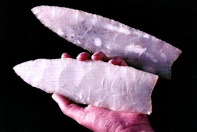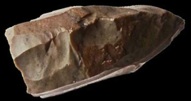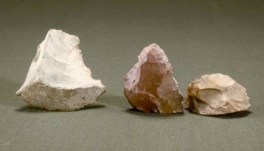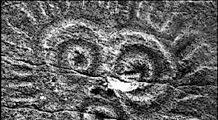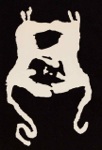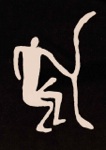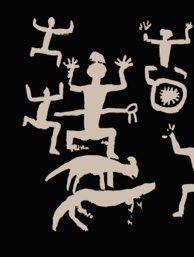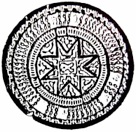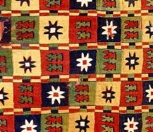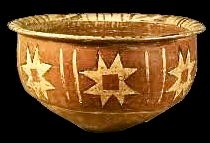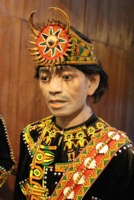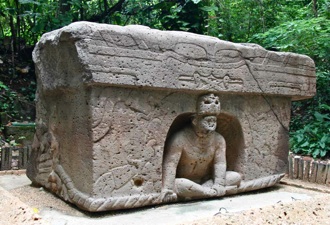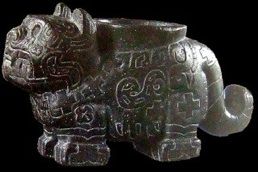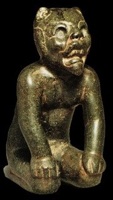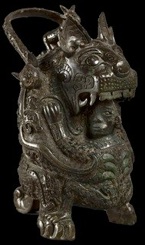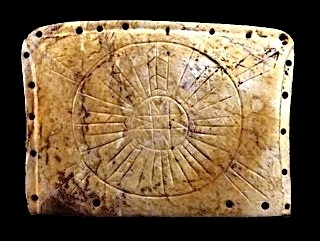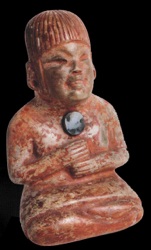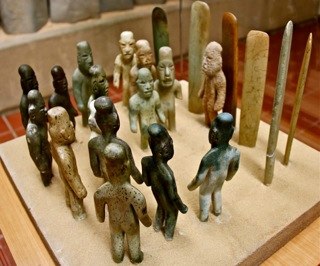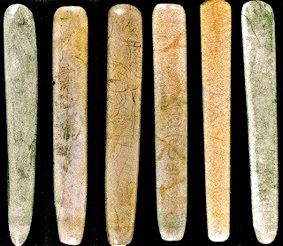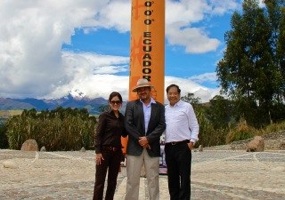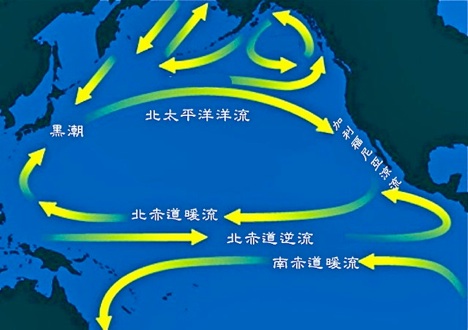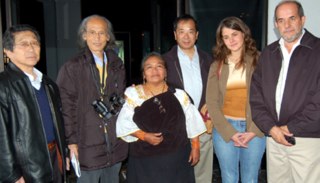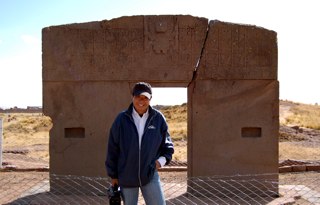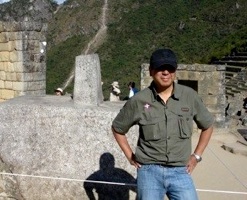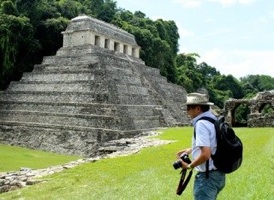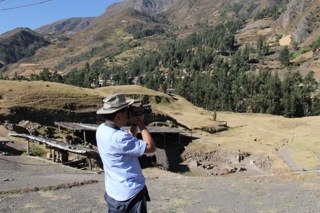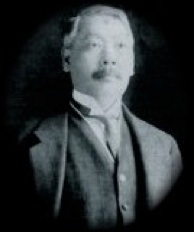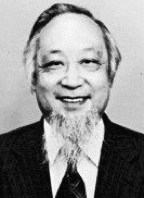In 1907, a Japanese scholar, Shiratori Kurakichi, published a thesis, Regarding the Fusang Kingdom, and suggested that the Sailing of Shang’s Adherents crossed through the Korean Peninsula when sailing towards the Americas. In 1910, Envoy Ouyang Geng was also entrusted by Oracle Bone Masters Wang Guowei and Luo Zhenyu to investigate the “Sailing Eastward of Shang’s Adherents” story. Later on, Ouyang Geng’s fourth son, Ouyang Keliang, became proficient in oracle interpretation from his father, Guo Moruo and Dong Zuobin, so that he could find out more about the “Sailing of the Shang’s Adherents towards America”. In 1956, Japanese Professor Kobayashi Fumio and Guo Moruo heard from Ouyang Keliang recount the time his father, Ouyang Geng, talked about when the king of the the Yin/Shang dynasty, invaded the Dongyi, Huaiyi and Huyi territories in the east; the king of the neighboring Zhou Dynasty, Wuwang, seized the chance to attack them from the west. Trapped with the only sea in front of them and the advancing troops of the Zhou Dynasty, King Hou Si of the Yin/Shang led a hundred thousand troops along with their families and disappeared. Their disappearance is still a historical mystery. It was deduced that the Shangs had escaped by sea and arrived in Latin America.
Note: Ouyang Keliang / Wang Dayou / Song Baozhong, Chinese Ancestors Discovering Americas









